Li-ion Battery Revolution in Full Range of Applications: Energy Transformation from Consumer Electronics to Low Altitude Economy
When the all-solid-state battery is still stable power supply after violent shear, when the eVTOL aircraft rely on 450Wh/kg ultra-high energy density batteries to achieve 48-minute range, lithium battery technology is breaking through the traditional boundaries, reshaping the trillion-dollar industrial ecology.
1, consumer electronics: high energy density and free form revolution
In 2025, semi-solid batteries will usher in an explosive penetration in the field of consumer electronics. vivo took the lead in the price of 2000-4000 yuan mid-range model s20 equipped with semi-solid batteries, so that the consumer experience threshold is greatly reduced. Its core value lies in:
Low-temperature performance breakthrough: the electrolyte formulation of fluorinated ethylene carbonate (FEC) and methyl decanoate mixed solvent is adopted, and the freezing point is lowered to -75°C, which completely solves the problem of cell phone battery life cliff in cold environments.
Space utilization jumps: the battery capacity of flagship cell phones is generally increased from 5,000mAh to 6,000mAh, and some ultra-thin models even break through 7,000mAh, and energy density is increased by up to 20 percent Above
Silicon and carbon composite anode has become the key technology to improve energy density. Through nano-silicon particles and carbon coating technology, the theoretical specific capacity of anode jumped from 372mAh/g to 4200mAh/g, while utilizing self-healing adhesive to inhibit volume expansion. Xinda and other companies have expanded the application of silicon containing negative electrode to folding screen cell phone, so that the battery thickness is reduced by 0.3mm, and the bending life is increased to more than 200,000 times.

2, electric vehicles: all-solid-state battery opens a new era of safety
In June 2025, Pure Lithium New Energy realized the world’s first zero breakthrough in the commercial application of all-solid-state batteries. Its products reconfigure the logic of electric vehicle safety through three core technologies:
Organic and inorganic fusion solid-state electrolyte: complete replacement of liquid electrolyte and diaphragm, continuous and stable operation at 85°C, CNAS certified
Intrinsic safety verification: battery packs continue to supply power after penetration by steel needle, metal shear, and violent puncture, and the quality loss rate of 6 hours of vacuum drying at 120°C is only 0.023%, which is far lower than the all-solid-state certification threshold of 1%.
Vehicle specification level development process: expected to In 2026, it will enter the small test stage, and in 2027, it will complete the on-board validation, with a target energy density of 400Wh/kg, which will support the simultaneous upgrading of 1000km range lithium iron phosphate batteries in the high-end market. BYD’s second-generation blade battery has increased the energy density of the electric core to 250Wh/kg and the energy density of the battery pack to 200Wh/kg through single-crystallization technology and high-pressure solid-density materials, while the NDT Shenxing battery has achieved a capacity retention rate of 72% in a -20℃ environment, and a fast-charging time of 10 minutes has increased the range by 400km, which has pushed the Li-Fe battery to enter the market of luxury models.
3, low altitude economic battery: solid-state battery defined flight new heights
eVTOL (Electric Vertical Take-off and Landing Vehicle) puts stringent requirements on battery performance: energy density >300Wh/kg, cycle life >800 times, and charging/discharging at a rate of more than 4C. Xinjie Energy’s solution breaks multiple technical barriers:
“Falcon” lithium metal solid state battery: energy density of 450-550Wh/kg, the world’s first product to pass the eVTOL full-scenario flight validation
Extreme environmental adaptability: stable output in the temperature range of -20℃ to 60℃, 8-level wind and water landing conditions, equipped with Yihang’s eVTOL to achieve 48 minutes and 10 seconds of single endurance, compared with traditional batteries. Single time endurance, nearly doubled compared with traditional batteries
Industrialization process is fully accelerated. Xinjie Energy has built the world’s first 450Wh/kg solid-state battery production line, and has won a hundred-million-dollar order from the head of eVTOL enterprises. The energy density of the second-generation semi-solid-state batteries of Vonergy Technology has exceeded 330Wh/kg, and has been ordered by the U.S. eVTOL customers. Research organizations predict that the size of the flying car market will reach 2.1 trillion yuan in 2030, and the contribution value or 65 trillion yuan in 2050, equivalent to half of China’s GDP in 2023.

4, energy storage system: safety standards reconfigure the industrial ecology
In 2025, the installed capacity of new energy storage will exceed 80GW, industrial and commercial energy storage will enter the era of parity, the cost of kilowatt-hour (LCOS) will drop to below 0.6 yuan/Wh, and the lowest bidding price will reach 0.473 yuan/Wh.5 The technology iteration presents two major trends:
Cell capacity upgrade: from 280Ah to 314Ah, energy storage single-compartment capacity toward 6MWh+, system cycle life of more than 8,000 times
Home-level safe energy storage: pure lithium new energy all-solid-state batteries cancel the electrolyte, the recycling process is pollution-free, the lithium recycling rate of more than 95%, to crack the home energy storage fire hazards. Sodium-ion batteries show economic advantages in the field of energy storage. Kodak Controls confirmed in the electric bicycle power exchange pilot, sodium battery system cost is more than 30% lower than lithium batteries; Ningde Times developed lithium-sodium AB battery mixing technology, sodium batteries are arranged in the battery pack low-temperature area, to improve low-temperature range by 5%. GGI forecasts that China’s sodium battery shipments will exceed 4.5GWh in 2025 and reach 30GWh in 2030.
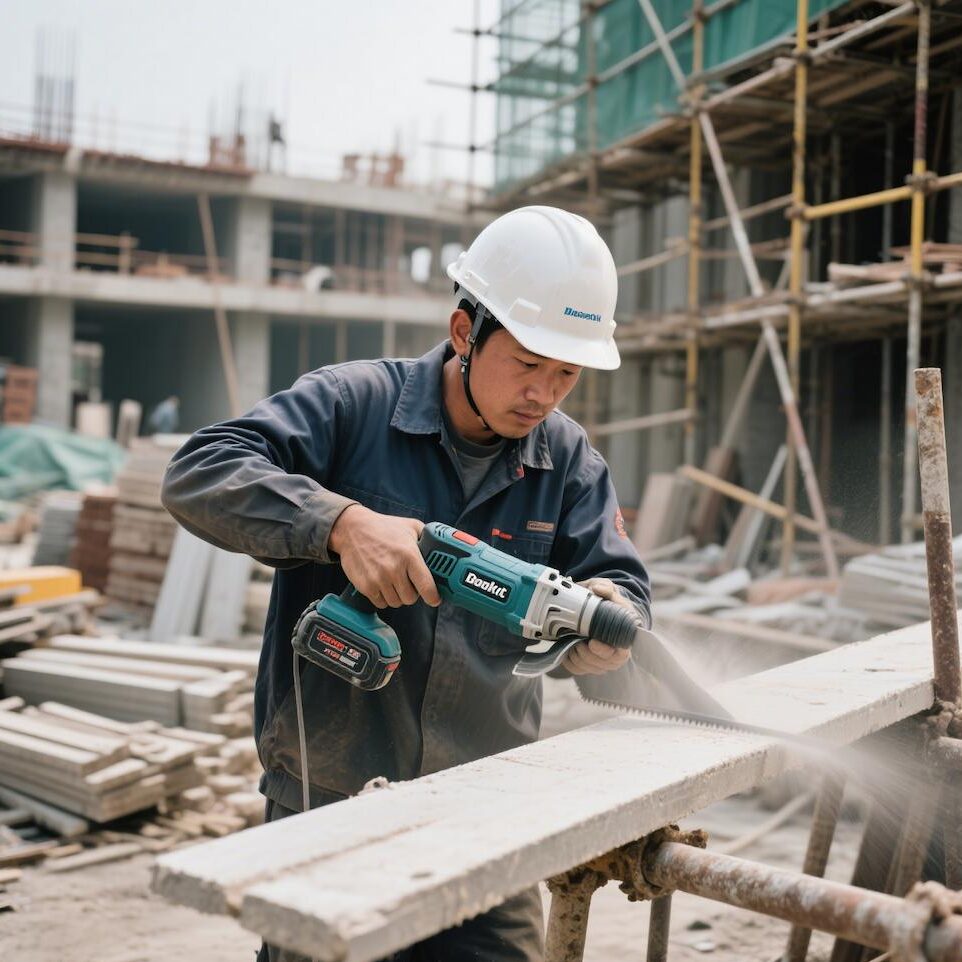
5, special applications: China’s program to conquer extreme environments
Three major breakthroughs have been realized in lithium battery technology under extreme working conditions:
Ultra-low temperature discharge: Liron Battery’s 26650 low-temperature lithium iron phosphate cells support -40℃ discharge and -20℃ charge, with a maximum discharge multiplier of up to 80C, applied to polar research equipment and military equipment
Underground Tube Well Power Supply: Pure Lithium New Energy’s tube well power supply system deployed in cooperation with Beijing Thermal Power operated stably for one year at 60℃ and 90% humidity, solving the problem of traditional batteries in confined spaces. Safety Hazards
Humanoid Robot Battery: All-solid-state battery has become the preferred power source for Ubiquiti, Tesla and other enterprises by virtue of its modularized design and high rate discharge performance, supporting more than 12 hours of continuous work, and dry electrode process to promote the upgrading of special battery manufacturing. The solid-state dry electrode coating equipment customized by Pilot Intelligence for South Korean battery enterprises has been exported to solve the interface impedance problem caused by solvent residue in the wet process; Wincell’s wet solid-state electrode coating equipment has been delivered to the head customer, reducing the proportion of solvent use by 30%.
When the all-solid-state battery standard goes from China to the world, and when the sodium electricity technology provides a universal program for resource shortage areas, the boundary expansion of lithium battery never stops. According to EVTank’s forecast, global solid-state battery shipments will reach 614.1GWh in 2030, and the penetration rate of sodium batteries in the field of energy storage will exceed 30%.
Technological innovation is moving from single-point breakthrough to system output: China’s “All Solid State Battery Determination Method” standard has become an international industrial standard; halide integrated anode opens the era of electrode self-repair; and the closed-loop recycling has increased the utilization rate of lithium resources to more than 95%. In this technological revolution defined by China, safety and sustainability have become the baseline for reshaping the trillion-dollar market.
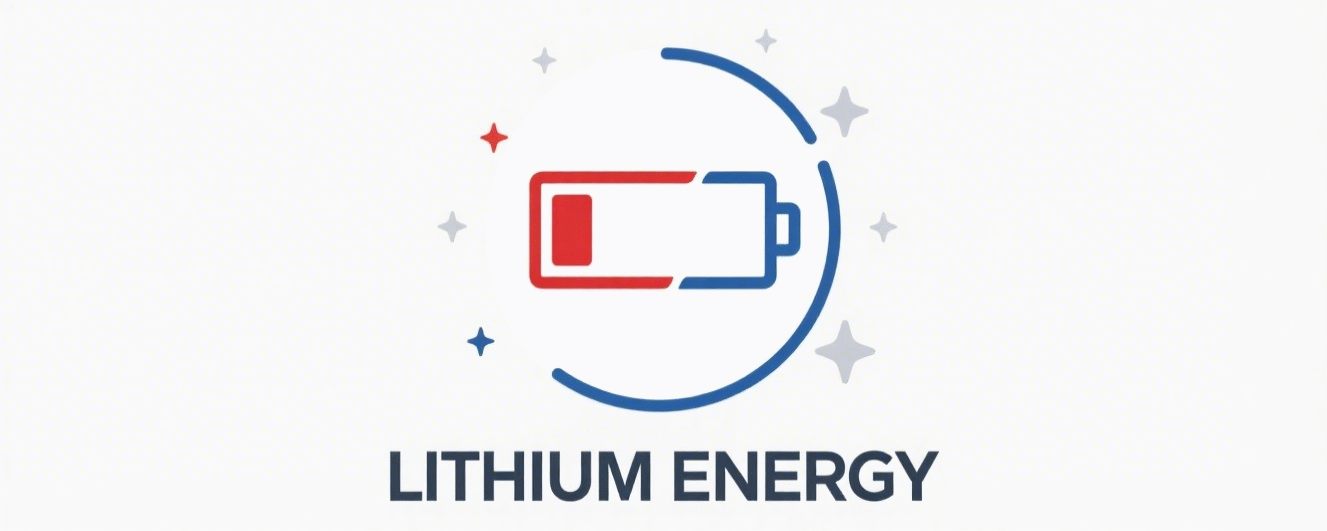

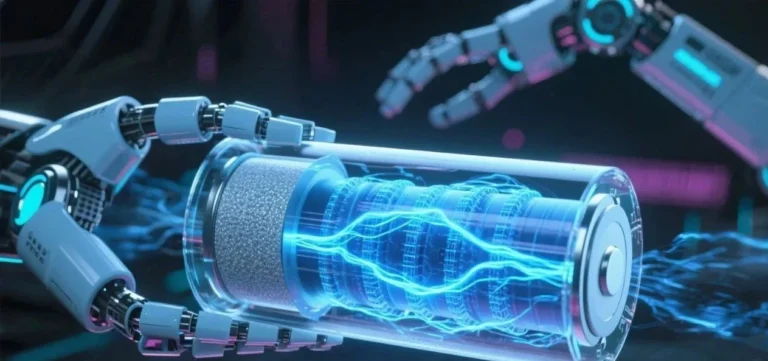
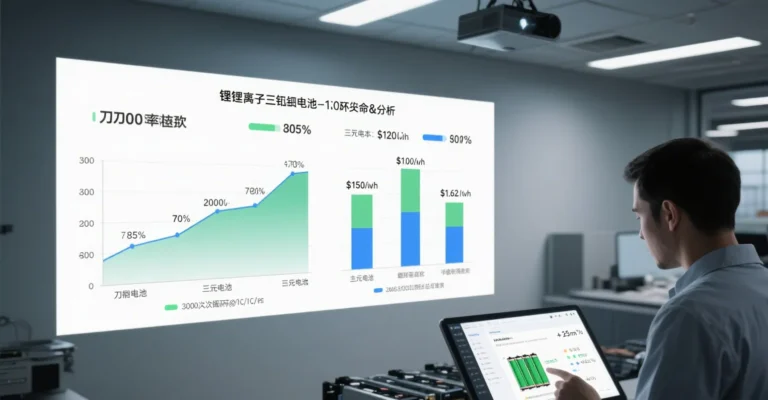
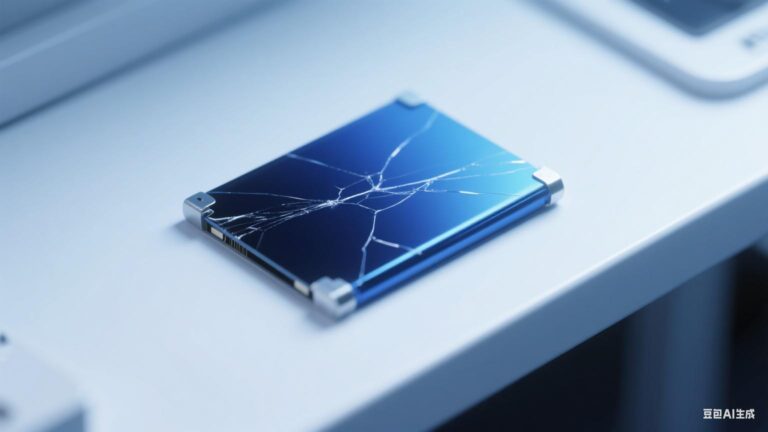
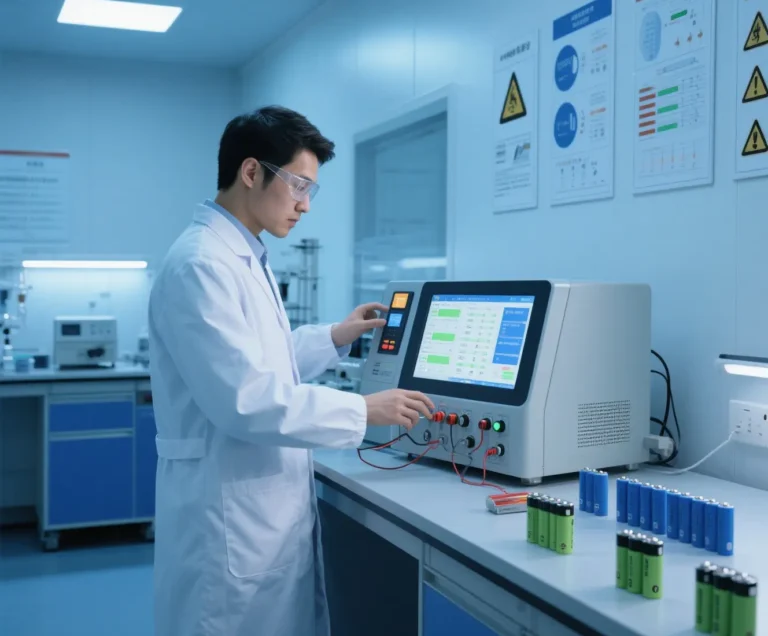
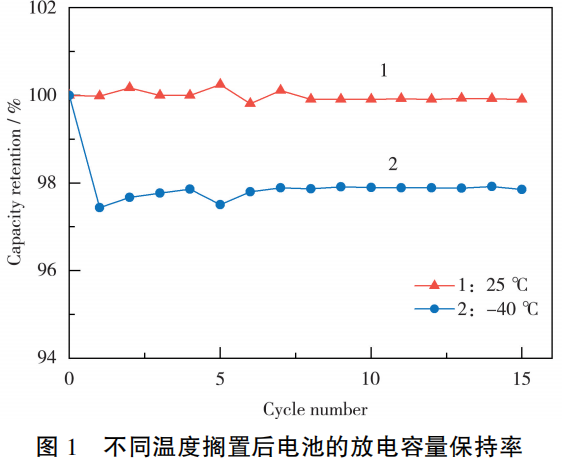
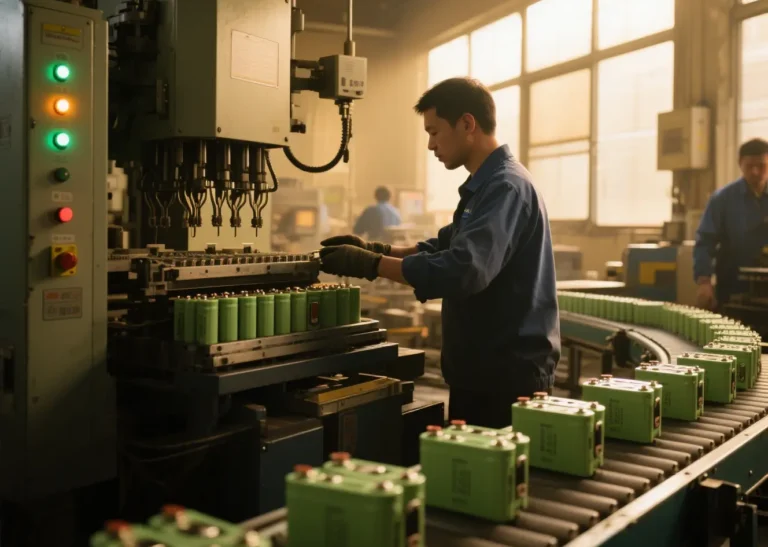
China’s lithium battery technology is already a global leader
In 2025, the installed capacity of new energy storage will exceed 80GW, industrial and commercial energy storage will enter the era of parity。